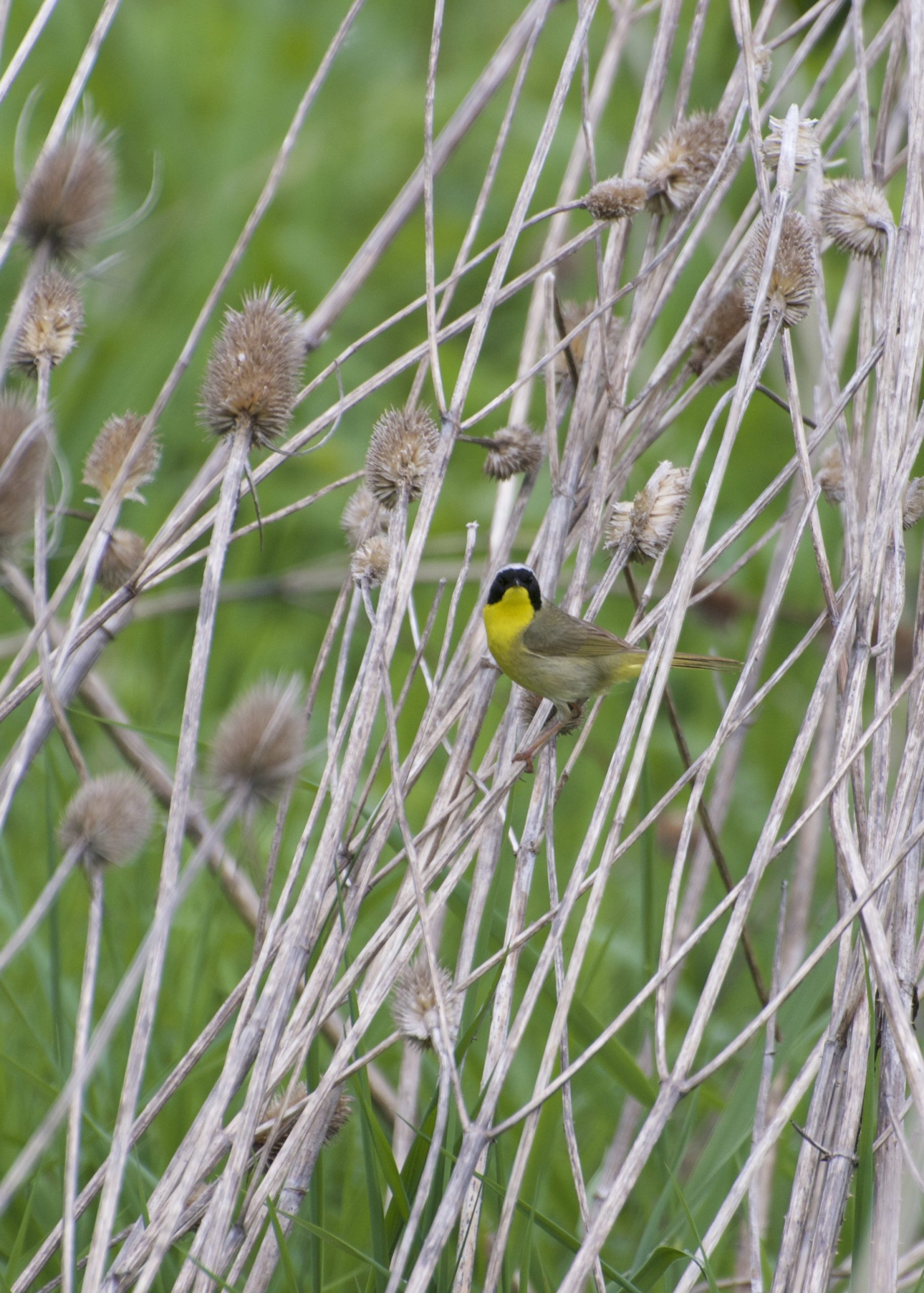Having looked at multiple aspects of migration (at least within the animal kingdom) I want to close out the week with a contemplation of the value of staying home. Not for the reasons that immediately come to mind: “Hey, curb your carbon foot print, no longer fly or drive so much, built your own backyard farm so you are are independent from the vicissitudes of national ecological decisions, etc.


No, I’d like to explore the philosophical approach embraced by the bioregional movements, these days prominently represented by regions like Cascadia (our very own backyard) and the Ozarks, to name just a few and early on developed by Peter Berg who died 9 years ago.
Here are a few key terms to understanding the concept: bioregionality concerns itself with both the way how a) nature differs in different areas (and thus different geographical regions need differential treatment) and b) how a mindful ecosocial movement would approach the nature in its region finding ways to maximize all that is good for region and people at once, even if it means intense adjustments to the way things used to be done.

Bioregions are defined by watersheds, natural communities, places that are associated with a particular climate, seasons, aspects of soil, and types of native plants and animals. The boundaries are often defined by the people who live in these regions, and their ways to live sustainable and harmoniously within these given environments. Nature and culture, then, are interlaced parts of a given bioregion. People do count as much as the rest of the biological and geological package. Details for the husbandry of such an entity – a bioregion – can be found here. Resource management, land planning, conservation biology, social and political structuring towards ethical approaches to nature are part and parcel of the bioregionalism movement.


Importantly, and this brings us back to where we started this week when arguing that we need to actually learn from and listen to nature herself, the bioregionalism movement urges us to familiarize ourselves with the region we live in: feel its time and place, and become if not intimate with then at least knowledgeable about the fauna and flora of your environs. This knowledge will be a good stepping stone to decide how you as an individual should live in this region and what communal, social, economical and political structures would be of the best interest of the region.

Here is a fabulous example of writer and activist, Jenny Odell, who teaches at Stanford, trying to get to know her particular region through listening, mindfully, to the typical birds she encounters. If you open the link below and click on each of the 5 bird names you get multiple sound recordings of their songs.


I have photographed some of the bird she mentioned, although they are likely the Oregon counterparts to her California species. Will throw some other in for good measure since I listen to them on a daily basis, except when the herons croak, then I cover my ears….

This kingfisher was a rare encounter 3 days ago – they never sit still to be photographed….

Here is music in honor of our own region’s little ruler. The 2 movements couldn’t be more different.
(PS There is also a unconvincing sonnet by this name (by Gerald Manley Hopkins) and an off- Broadway play that had good reviews about a Nazi, sentenced to life without parole in a Vatican prison, discussing free will, life and death with a priest before being smuggled to freedom. I’ll skip that…..)





